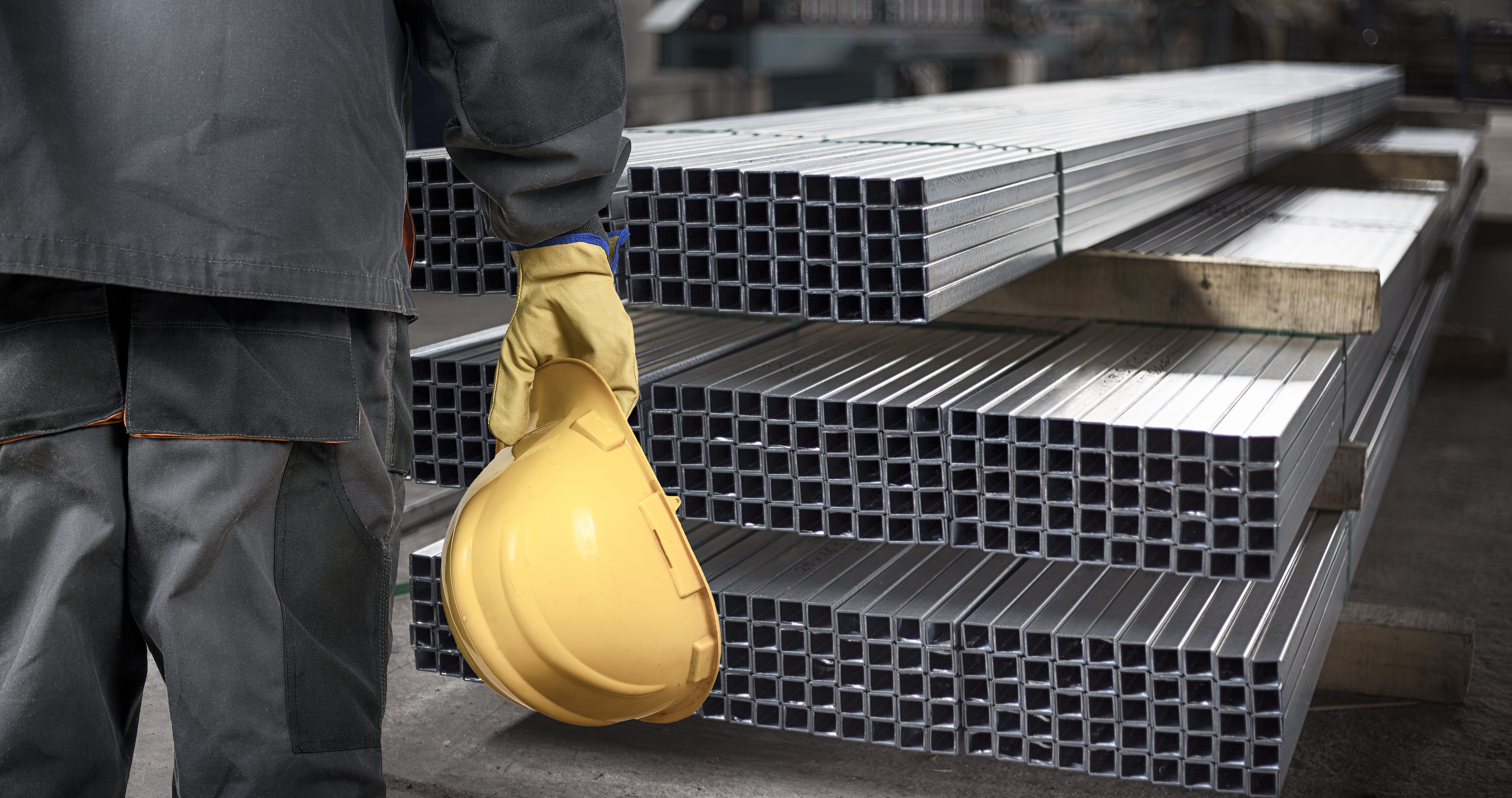Dependable Steel Fixing Services: Ensuring Structural Honesty
Dependable Steel Fixing Services: Ensuring Structural Honesty
Blog Article
The Ultimate Manual on Custom Steel Construction Solutions for Structural Projects
In the realm of architectural jobs, the significance of custom-made steel fabrication options can not be overstated. From the foundational understanding of steel manufacture basics to the complex procedure of selecting one of the most suitable materials, every action in this journey plays a critical duty in the ultimate success of a job. As we browse through the complexities of style factors to consider, fabrication processes, and top quality control measures, a detailed manual acts as a directing light for experts looking for quality in steel fabrication services. Remain tuned to reveal the understandings that can revolutionize the method structural jobs are come close to and implemented.
Comprehending Customized Steel Construction Fundamentals
Exploring the fundamentals of customized steel fabrication provides understanding right into the complex process of transforming raw steel into customized architectural parts. Custom-made steel construction is a specific manufacturing technique that involves cutting, shaping, and assembling steel products to develop special structures according to particular project needs. Recognizing the fundamentals of customized steel fabrication is crucial for guaranteeing the successful implementation of architectural projects.
The procedure commonly begins with the assessment of task specs and design requirements. This first stage includes comprehensive preparation and partnership between makers, engineers, and developers to establish the most ideal technique for making the steel elements. Precision is crucial during the construction process, as even small discrepancies can affect the structural stability of the final product.
Numerous techniques, such as reducing, welding, and shaping, are employed to transform raw steel right into the desired structural components. Competent makers utilize innovative machinery and tools to make sure accuracy and consistency throughout the manufacture procedure. Quality control procedures are implemented to verify the stability of the made components before they are put together on-site, ensuring compliance with market criteria and project specs.
Choosing the Right Steel Materials

Primarily, the sort of structural task and its details needs play a critical function in identifying the most ideal steel products. Factors such as the load-bearing capacity, ecological problems, and desired lifespan of the framework will dictate the quality and sort of steel that should be made use of.
Additionally, the physical residential or commercial properties of the steel, including weldability, ductility, and stamina, must line up with the project's demands to ensure optimal efficiency and resilience (steel fixing). Furthermore, factors to consider such as rust resistance, cost-effectiveness, and availability of the steel products should likewise be taken into account throughout the selection process
Layout Considerations for Architectural Tasks
Structural jobs demand precise focus to develop factors to consider to guarantee both capability and safety are prioritized throughout the building and construction process. When it comes to designing architectural tasks, a number of vital factors need to be taken right into account to guarantee the success of the venture. By meticulously considering these elements throughout the design phase, engineers and engineers can make sure the architectural task's success from conception to completion.
Streamlining Manufacture Procedures for Efficiency

Moreover, executing lean production principles can substantially boost efficiency in steel manufacture. By minimizing waste, enhancing operations, and enhancing communication in between various groups involved in the construction procedure, tasks can be completed much more quickly and with better requirements.
Furthermore, establishing a well-organized production routine and operations can aid in prioritizing tasks, designating resources successfully, and conference task deadlines promptly. visite site By having a clear plan in position and on a regular basis keeping an eye on progression, any kind of potential bottlenecks or delays can be identified and addressed quickly, guaranteeing smooth and effective construction procedures for structural jobs.
Quality Assurance and Job Administration in Steel Construction
To guarantee the successful execution of steel fabrication tasks, thorough quality assurance actions and reliable job administration methods are important components in preserving precision and meeting customer assumptions. Quality assurance in steel construction find more involves rigorous examinations at numerous stages of the fabrication procedure to confirm compliance with project requirements and market criteria. This consists of material testing, dimensional checks, and weld examinations to make sure structural honesty and safety and security.
Job management plays a critical function in coordinating the numerous elements of steel fabrication tasks, such as organizing, resource allocation, and interaction among staff member. A distinct project strategy with clear goals, landmarks, and timelines assists to monitor progression and deal with any kind of prospective concerns proactively. Efficient communication in between all stakeholders, including clients, service providers, designers, and makers, is important for making sure that the project advances efficiently and fulfills the desired high quality criteria.
Conclusion
To conclude, personalized steel fabrication plays a vital function in architectural tasks by providing tailored options making use of the right materials and style factors to consider. Performance in manufacture processes, quality assurance, and efficient job monitoring are crucial for successful results. By understanding the fundamentals of custom-made steel fabrication and carrying out structured procedures, project teams can deliver premium and long lasting frameworks that meet the particular needs of their clients.
Customized steel fabrication is a specialized manufacturing technique that involves cutting, shaping, and assembling steel products to develop one-of-a-kind frameworks according to certain job demands.To guarantee the successful execution of steel fabrication projects, thorough top quality control procedures and efficient job management practices are crucial parts in preserving precision and conference customer expectations. Quality control in steel fabrication entails strenuous evaluations at various phases of the construction process to validate conformity with project requirements and sector requirements (steel fabrication melbourne).Project monitoring plays a vital role in working with the different aspects of steel fabrication tasks, such as scheduling, source allowance, and communication amongst team participants.In conclusion, personalized steel construction plays a crucial function in structural jobs by providing customized solutions utilizing the best products and style factors to consider
Report this page